|
To put it mildly, it's been a dreadful summer for astronomy in Washington, DC. The primary culprit is wildfire smoke, which seems to waft into the city with every clear night. As a professor whose primary preoccupation is climate change - and as a dad - the smoke fills me with dread. It is alarming for any number of reasons, but it has extra significance for those enamored with the night sky. The atmosphere is likely to be less transparent on a warming planet, owing either to wildfire smoke or aerosols intentionally seeded into the stratosphere. That second possibility is known as solar geoengineering. It's cheap (compared to the cost of global warming), it's likely to be effective (despite a litany of troubling side effects), and I'm increasingly convinced it will happen within twenty years. In fact, this summer the White House Office of Science and Technology Policy released a primer that more or less accurately describes where the science of geoengineering currently stands. If plans currently on the drawing board someday take off, astronomy as a science and hobby will change - quite possibly for the rest of our lives. In all likelihood, planetary observation won't change much, and Electronically-Assisted Astronomy will still reveal deep space marvels. Yet my suspicion is that traditional telescopes - including big Dobsonian reflectors - will be far less effective for observations of diffuse objects far from our Solar System, such as nebulae or galaxies. You've been warned! Anyway, I did manage to see one spectacular sight in DC this summer. In May - just before the worst of the smoke surged south - a supernova exploded in the Pinwheel Galaxy. I hauled my EVScope to a nearby field and had a look. The above picture is all I managed to capture, but the view through the eyepiece was far more impressive. I still can't believe I managed to see an exploding star - and, in all likelihood, the formation of a black hole - 21 million light years from Earth. More recently, I travelled with my family to Winnipeg. Despite its closer proximity to the many wildfires burning through British Columbia, the city has been less affected by wildfire smoke than Washington, DC. The sky is not quite free of smoke, but it's a good deal more transparent than it's been further south. This was my first trip to the city since the pandemic, and I'd nearly forgotten that I cobbled together a fairly impressive little observing setup here. Four years ago, I had a Twilight I mount delivered to my in-laws. I also purchased a C6 shortly after I was last here, and it was still in the box when I arrived this time. I unpacked it with some trepidation - the last C6 I purchased was damaged upon arrival - but not to worry: to my relief, the little telescope was in perfect condition. With everything assembled, I was struck by how well the C6 fits on the Twilight mount. I don't think it could handle a C8, but a C6 is just about perfect. It's quite stable, convenient to look through, and remarkably easy to move. In fact, I can lift mount, tripod, telescope, diagonal, and eyepiece - everything - above my head with ease. I swapped out the standard Celestron diagonal - a child's toy - with a TeleVue Everbrite, and used a Baader Mark IV Zoom for an eyepiece. The field of view, I must admit, is a little too narrow, but then a Schmidt–Cassegrain really isn't a wide-field instrument. I was gifted one clear night after another since arriving here, and used the first two nights to admire the Moon. This far north, it doesn't rise far above the horizon right now, and it is tinted a beautiful pinkish-gold by the diffuse smoke in the upper atmosphere. Seeing was mediocre at best, but the telescope turned out to be well collimated, and the view was quite striking. As the above image attests, the Moon was not as sharp as it would be through one of my refractors. Even in mediocre atmospheric conditions that prevailed here, the Takahashi, I'm sure, could have shown me more. But when you consider the relatively low cost of a C6 - albeit much higher than it was pre-pandemic - the telescope is a remarkable performer. I was particularly impressed by how cleanly it snapped into focus; in fact, finding focus seemed a little easier with the C6 than it is with my refractors. I was genuinely delighted to discover that Saturn now rises high enough above the horizon to observe at around midnight. The planets might have drawn me outdoors this summer despite the wildfire smoke, but often they had set before I could step outside. Well - Saturn, at least, is back.
The C6 offered a really satisfying view of the planet, with the Cassini Division clearly visible at 75x. I'm not sure my Takahashi would have done that much better, given the seeing. In a cooperative atmosphere, I have no doubt that the refractor would outpace the Schmidt–Cassegrain; there is a delightful crispness to its views that the stubbier telescope can't quite match. And of course, it never needs to collimate or acclimate (for long). Nevertheless, I was stunned when, later, the C6 showed me Arcturus as a perfect orange point: something I had not expected from a Schmidt–Cassegrain. For those less obsessed than I am with getting the absolute best views that a (modest) aperture can provide, I suspect it would be impossible to justify the extra cost of a 4" apochromatic refractor over a C6. Well done, Celestron! Anyway, I had a truly wonderful half hour on the porch, the crickets chirping nearby as I admired the ethereal beauty of Saturn's rings. I was struck by how much their tilt relative to us has changed over the past year, and I fear that they will - briefly - disappear from view entirely in the months to come. It will be fleeting. Soon enough, the rings will return, and the planet will regain its grandeur. For me, one of the joys of astronomy lies in the knowledge that however badly we muck up our planet, countless wonders glitter beyond our reach. With or without us, it's a beautiful universe.
0 Comments
|
Archives
March 2024
Categories
All
|

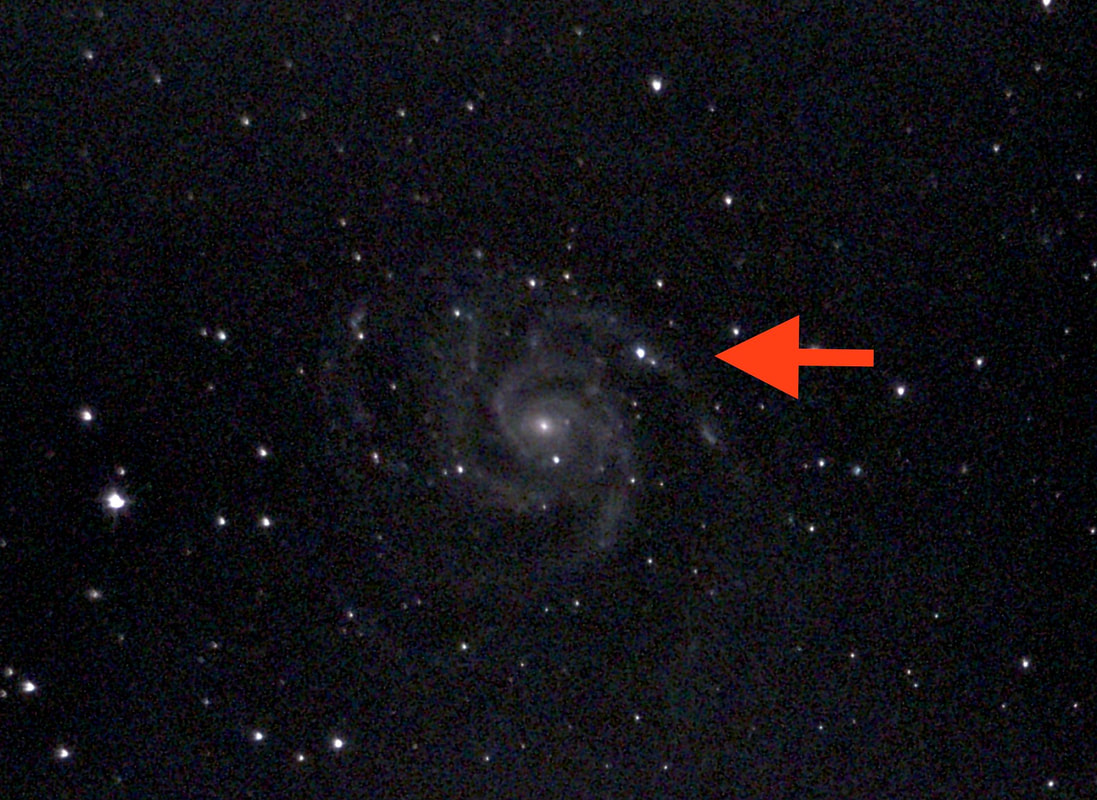
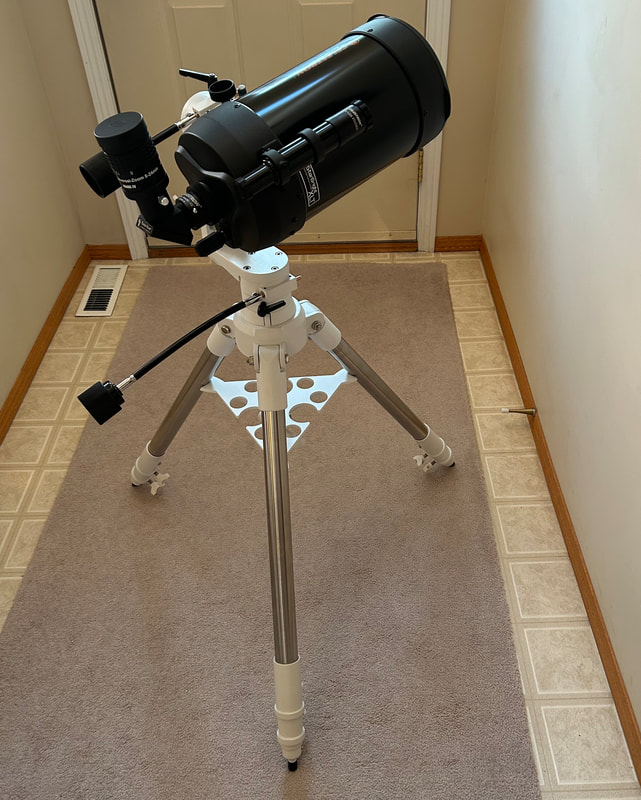
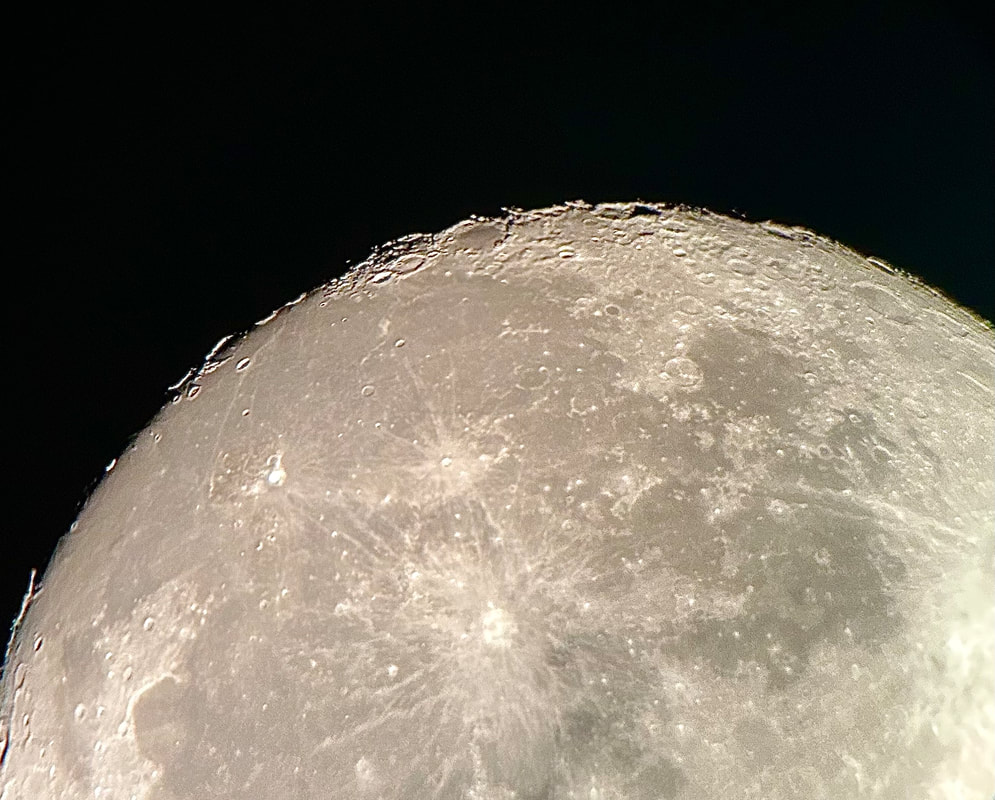
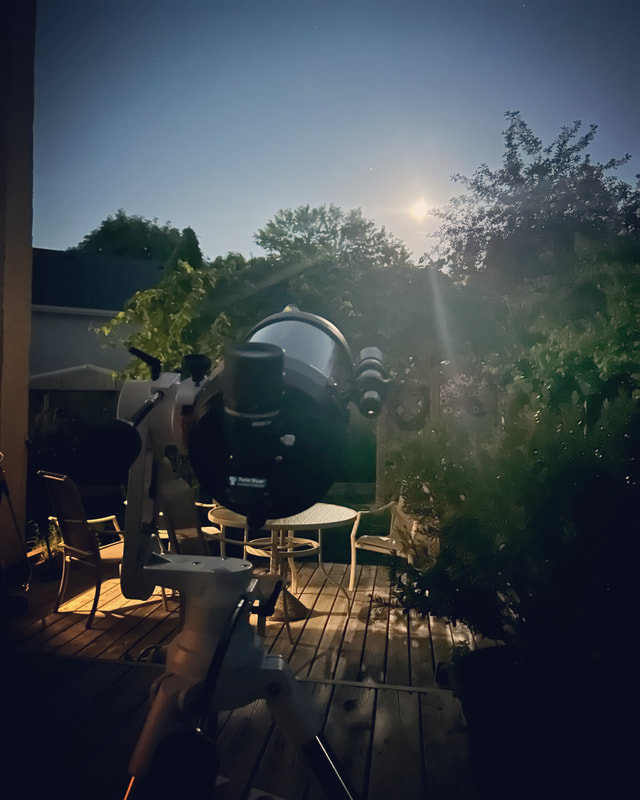

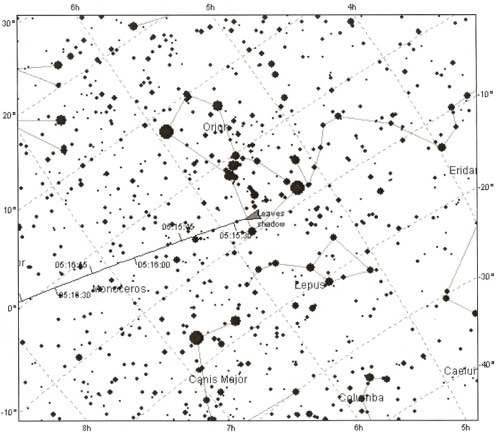
 RSS Feed
RSS Feed